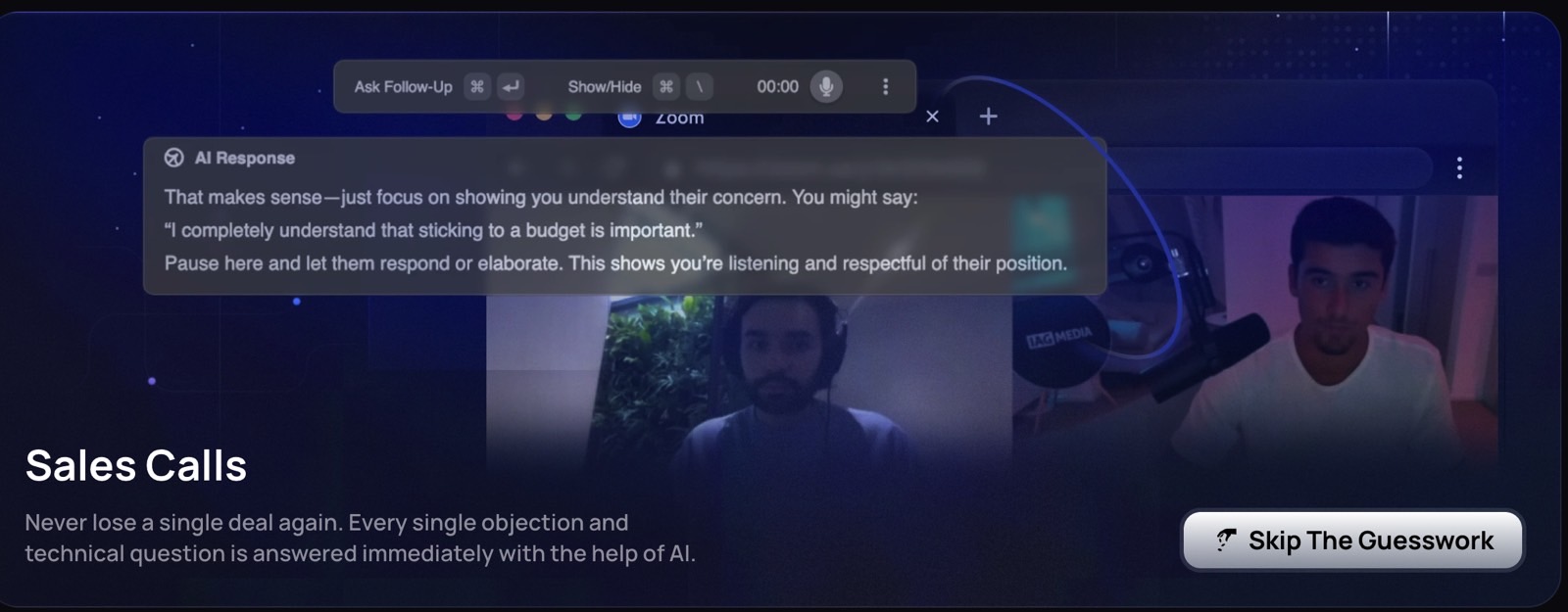Why Web Accessibility Matters for Your Business?
In the modern online environment, web accessibility is absolutely essential as it guarantees equal access to information and functionality for every user, including people with impairments. It improves consumer experience by letting a larger audience engage, therefore transcending just legal compliance or ethical obligation. Embracing online accessibility is helping companies realize advantages like better brand recognition, market reach, and customer happiness. Good accessibility policies help every user and support corporate success. WCAG and Web Accessibility Web Content Accessibility Guidelines (WCAG) provide a set of recommendations for making web content more accessible. These guidelines are crucial because they help create a web environment that is inclusive for everyone, regardless of their abilities. Implementing WCAG ensures that people with visual, auditory, physical, speech, cognitive, language, learning, and neurological disabilities can navigate and interact with your website effectively. Importance of Making Digital Content Accessible to All Users Inclusivity: It shows that your business appreciates every customer, promoting a good reputation for the brand. Websites that can be used easily send a message that the business welcomes and values all its clients. This might result in more customer loyalty and good talk about the enterprise. Companies that have websites which are easy to use, often give the impression of being conscious about society. This can improve their name and loyalty towards their brand. Usability: The enhancement of web accessibility not only benefits those with disabilities but also improves the overall user experience for all. For example, video captions assist people with hearing problems. They are also advantageous for individuals in loud places or those who like to read more than they enjoy listening. Characteristics such as modifiable text size and color contrast choices accommodate a wider range of user tastes and requirements. Reach: This facilitates connection with a wider audience, including individuals who depend on assistive technologies. When you make your site accessible, it opens the opportunity for your business to reach millions of possible customers who are using screen readers, voice recognition software and various other help technologies. Websites that are easy to reach can drastically change the situation for individuals living in areas with restricted internet capacity. This is because sites which have been fine-tuned usually load quicker and perform superior under conditions of restraint. How Accessibility Compliance Can Protect Your Business Legally If you do not follow accessibility standards, it may cause legal problems. There exist multiple laws and rules that demand web accessibility. If you fail to meet these requirements, there could be court cases against your company, monetary penalties or even harm the reputation of your business. Legal and Compliance Benefits Laws related to accessibility are different in each country, but their main aim is the same: to guarantee that people with disabilities have equal opportunity of accessing digital material. Below are some important laws and acts: Overview of Accessibility-Related Laws: Americans with Disabilities Act (ADA): In the United States, ADA is a law that obliges businesses to give the same level of access to services, this includes online services too. The ADA's Title III has been understood to categorize websites as locations for public accessibility. This implies that these sites must be made easy to use for people who have disabilities. Many well-known court cases have occurred where companies encountered legal issues due to their websites not being accessible. This emphasizes the significance of abiding by rules and regulations. Rehabilitation Act's Section 508: This law from the U.S., it says that all federal agencies and their contractors are required to make digital content easy for everyone to use. Section 508 states that all technology and information systems developed, obtained, kept or utilized by the federal government must be usable for people who have disabilities. Not just a legal obligation, Section 508 compliance also shows an organization's dedication towards inclusivity. The purpose of the European Accessibility Act is to make certain that all products and services, including websites, are available for use by individuals with disabilities throughout the nations in the European Union. This law includes things like computers, operating systems, money machines, ticket vending devices and web pages. It encourages a wider range of accessibility in the online world. For businesses working in Europe, accessibility turns into a crucial consideration because all EU member states have to follow the act by 2025. When businesses follow these rules, they prevent legal problems and show that they are dedicated to i

In the modern online environment, web accessibility is absolutely essential as it guarantees equal access to information and functionality for every user, including people with impairments. It improves consumer experience by letting a larger audience engage, therefore transcending just legal compliance or ethical obligation. Embracing online accessibility is helping companies realize advantages like better brand recognition, market reach, and customer happiness. Good accessibility policies help every user and support corporate success.
WCAG and Web Accessibility
Web Content Accessibility Guidelines (WCAG) provide a set of recommendations for making web content more accessible. These guidelines are crucial because they help create a web environment that is inclusive for everyone, regardless of their abilities. Implementing WCAG ensures that people with visual, auditory, physical, speech, cognitive, language, learning, and neurological disabilities can navigate and interact with your website effectively.
Importance of Making Digital Content Accessible to All Users
Inclusivity:
It shows that your business appreciates every customer, promoting a good reputation for the brand.
Websites that can be used easily send a message that the business welcomes and values all its clients. This might result in more customer loyalty and good talk about the enterprise.
Companies that have websites which are easy to use, often give the impression of being conscious about society. This can improve their name and loyalty towards their brand.
Usability:
The enhancement of web accessibility not only benefits those with disabilities but also improves the overall user experience for all.
For example, video captions assist people with hearing problems. They are also advantageous for individuals in loud places or those who like to read more than they enjoy listening.
Characteristics such as modifiable text size and color contrast choices accommodate a wider range of user tastes and requirements.
Reach:
This facilitates connection with a wider audience, including individuals who depend on assistive technologies.
When you make your site accessible, it opens the opportunity for your business to reach millions of possible customers who are using screen readers, voice recognition software and various other help technologies.
Websites that are easy to reach can drastically change the situation for individuals living in areas with restricted internet capacity. This is because sites which have been fine-tuned usually load quicker and perform superior under conditions of restraint.
How Accessibility Compliance Can Protect Your Business Legally
If you do not follow accessibility standards, it may cause legal problems. There exist multiple laws and rules that demand web accessibility. If you fail to meet these requirements, there could be court cases against your company, monetary penalties or even harm the reputation of your business.
Legal and Compliance Benefits
Laws related to accessibility are different in each country, but their main aim is the same: to guarantee that people with disabilities have equal opportunity of accessing digital material. Below are some important laws and acts:
Overview of Accessibility-Related Laws:
Americans with Disabilities Act (ADA):
In the United States, ADA is a law that obliges businesses to give the same level of access to services, this includes online services too.
The ADA's Title III has been understood to categorize websites as locations for public accessibility. This implies that these sites must be made easy to use for people who have disabilities.
Many well-known court cases have occurred where companies encountered legal issues due to their websites not being accessible. This emphasizes the significance of abiding by rules and regulations.
Rehabilitation Act's Section 508:
This law from the U.S., it says that all federal agencies and their contractors are required to make digital content easy for everyone to use.
Section 508 states that all technology and information systems developed, obtained, kept or utilized by the federal government must be usable for people who have disabilities.
Not just a legal obligation, Section 508 compliance also shows an organization's dedication towards inclusivity.
The purpose of the European Accessibility Act is to make certain that all products and services, including websites, are available for use by individuals with disabilities throughout the nations in the European Union.
This law includes things like computers, operating systems, money machines, ticket vending devices and web pages. It encourages a wider range of accessibility in the online world.
For businesses working in Europe, accessibility turns into a crucial consideration because all EU member states have to follow the act by 2025.
When businesses follow these rules, they prevent legal problems and show that they are dedicated to including everyone equally. They also underline their dedication towards the social duties of a corporation. If these laws aren't followed, it can result in court cases, fines and bad reputation which is much more expensive than taking the steps for accessibility from the beginning.
How Accessibility Improves Website Usability for All Users
Features of accessibility are helpful to all users, not only those who have disabilities. Improvements like navigation that is more clear, contrast which is better and text substitutes for images create a web experience that is smoother and even more pleasing for everyone.
Usability Improvements:
Clearer Navigation: Structured and logical navigation helps all users find information more easily. Content that is arranged systematically and navigation structures which are easy to understand, make sure users can locate what they want fast and without any annoyance. Breadcrumbs, apparent titles, and a steady arrangement assist every user in surfing your website with better efficiency.
Better Visual Design: High contrast and readable fonts improve readability for everyone. Bigger font sizes, enough color difference between the writing and background, and a layout that is easy to understand enhance the general visual experience. High contrast modes and adjustable text display assist individuals with weak eyesight. Besides, they prove helpful for all when watching content in bright sunlight or on small-sized screens.
Advanced Interactivity: Components such as keyboard navigation and text-to-speech help can better the total interactivity of the website. The advantage of easy navigation with a keyboard not only helps people having movement disorders but also expert users who like to use keyboards rather than mice because it's faster. Functions like voice command and screen reader improve the ease of use for users with different needs and likes, making sure smooth engagement with your website.
Websites that are easy to use can make people stay longer and reduce exit rates, also they might improve the rate of successful transactions. When users enjoy their experience, there is a good chance they will come back again and suggest your website to other people.
SEO and Marketing Advantages
Better Crawlability:
Websites that are easy to access are simpler for search engine robots to explore. This can result in more efficient indexing and increased rankings.Improvements:
Elements such as alt text, easy-to-understand titles and link texts that describe accurately assist search engines in comprehending and categorizing content more efficiently.Increased Engagement:
Accessible websites retain visitors longer, reducing bounce rates and improving SEO metrics.Expanded Audience Reach:
By creating a website that is accessible, it attracts a larger audience. This leads to increased traffic and possible clients. The reputation and customer base of a brand get improved by accessibility, which results in higher conversions, sales increase and more loyalty to the brand.
Websites that are easy to access usually give a better experience for the user, and this is very important in Search Engine Optimization. When your website is simple to use and moves around on, it gives good indicators to search engines, which may raise your rankings. Also having an easily accessible site can bring in more visitors from natural searches leading to traditional traffic patterns and could open up opportunities for business growth.
Conclusion
Adhering to accessibility standards on your website is not only beneficial but also a smart business move. It enhances user experience, protects your business legally, and boosts SEO efforts. Web accessibility is an ongoing process that requires commitment and regular updates, but the benefits outweigh the costs. Embracing accessibility allows your business to thrive in an inclusive digital world, fostering a positive brand image and opening doors to a wider audience. It's not a one-time task but an ongoing commitment to creating a better web for everyone.






















































.jpg)





















































































































![[The AI Show Episode 144]: ChatGPT’s New Memory, Shopify CEO’s Leaked “AI First” Memo, Google Cloud Next Releases, o3 and o4-mini Coming Soon & Llama 4’s Rocky Launch](https://www.marketingaiinstitute.com/hubfs/ep%20144%20cover.png)
























































































































































![BPMN-procesmodellering [closed]](https://i.sstatic.net/l7l8q49F.png)
























































































-All-will-be-revealed-00-35-05.png?width=1920&height=1920&fit=bounds&quality=70&format=jpg&auto=webp#)
-All-will-be-revealed-00-17-36.png?width=1920&height=1920&fit=bounds&quality=70&format=jpg&auto=webp#)
-Jack-Black---Steve's-Lava-Chicken-(Official-Music-Video)-A-Minecraft-Movie-Soundtrack-WaterTower-00-00-32_lMoQ1fI.png?width=1920&height=1920&fit=bounds&quality=70&format=jpg&auto=webp#)

























_Weyo_alamy.png?width=1280&auto=webp&quality=80&disable=upscale#)
_Brain_light_Alamy.jpg?width=1280&auto=webp&quality=80&disable=upscale#)




























































































![What iPhone 17 model are you most excited to see? [Poll]](https://9to5mac.com/wp-content/uploads/sites/6/2025/04/iphone-17-pro-sky-blue.jpg?quality=82&strip=all&w=290&h=145&crop=1)


















![Inside Netflix's Rebuild of the Amsterdam Apple Store for 'iHostage' [Video]](https://www.iclarified.com/images/news/97095/97095/97095-640.jpg)
![Apple Releases Public Beta 2 of iOS 18.5, iPadOS 18.5, macOS Sequoia 15.5 [Download]](https://www.iclarified.com/images/news/97094/97094/97094-640.jpg)

![New M4 MacBook Air On Sale for $929 [Lowest Price Ever]](https://www.iclarified.com/images/news/97090/97090/97090-1280.jpg)





























































































































